It is they who are at the origin of these lively and colorful kilims.
They combine the lock stitch, kilim weaving and the gimped weft, which is a feature giving the impression of a topstitched kilim, work that can be found on the Hambels of the Berber tribes of the Maghreb.
This pattern with a crochet decoration is also found in hexagons, these three medallions representing in the popular tradition of crabs or spiders, derived from the starry cross patterns, patterns that we also meet on the Shahsavan of Iran.
The tradition of the rhombus with hooks represents the tarantula, and is there to protect itself from it.
Both ends are finished in a blue and red line. Our 19th century model is quite rare in good condition and museum quality.
The kilim is a woolen rug, woven in a low slick, an artisanal product specific to nomadic Muslim peoples, in particular from Anatolia, Iran and the Caucasus.
The kilim, also spelled klim or kélim (a word of Turkish origin), is a carpet devoid of velvet because it is embroidered instead of being knotted. The kilim is made in various cities of Anatolia and Iran.
Its name, which comes from the Persian gelim, is used to designate a woolen rug with a flat point found mainly in the Near East, the Caucasus as well as in Central Asia and which saw the light of day nearly 10 years ago. 000 years! Kilims have their meaning.
They emanate a strong identity retracing the memory of the sedentary, nomadic and semi-nomadic peoples who make them.
A style, an identity characterizes a tribe, a village: fiery or sober colors, complex or refined patterns depending on the region.
The patterns correspond to an ancestral symbolic writing inherited from shamanist beliefs.
The geometry of the patterns and their ethnic tone characterize their DNA.
The kilim was originally used as an interior stole, a blanket or a carpet protecting the floors of mosques and yurts.
Nowadays, it can be used on the floor, on the walls, as a sofa throw, as a headboard or as curtains.
Dimensions: Width: 185 cm (73 ") x Length: 340 cm (134")
FREE SHIPPING FOR FRANCE. 0 € / EUROPE 25 € / WORLD 50 €
For all inquiries, do not hesitate to contact me at 06 13 36 09 30 or on winsteinprovence@gmail.com
You will find on our site or our proantic gallery a large range of Persian, Anatolian and Caucasian rugs.
www.winsteinprovence.com
COME AND VISIT US !
(texts, photo credit, winstein, all rights reserved)



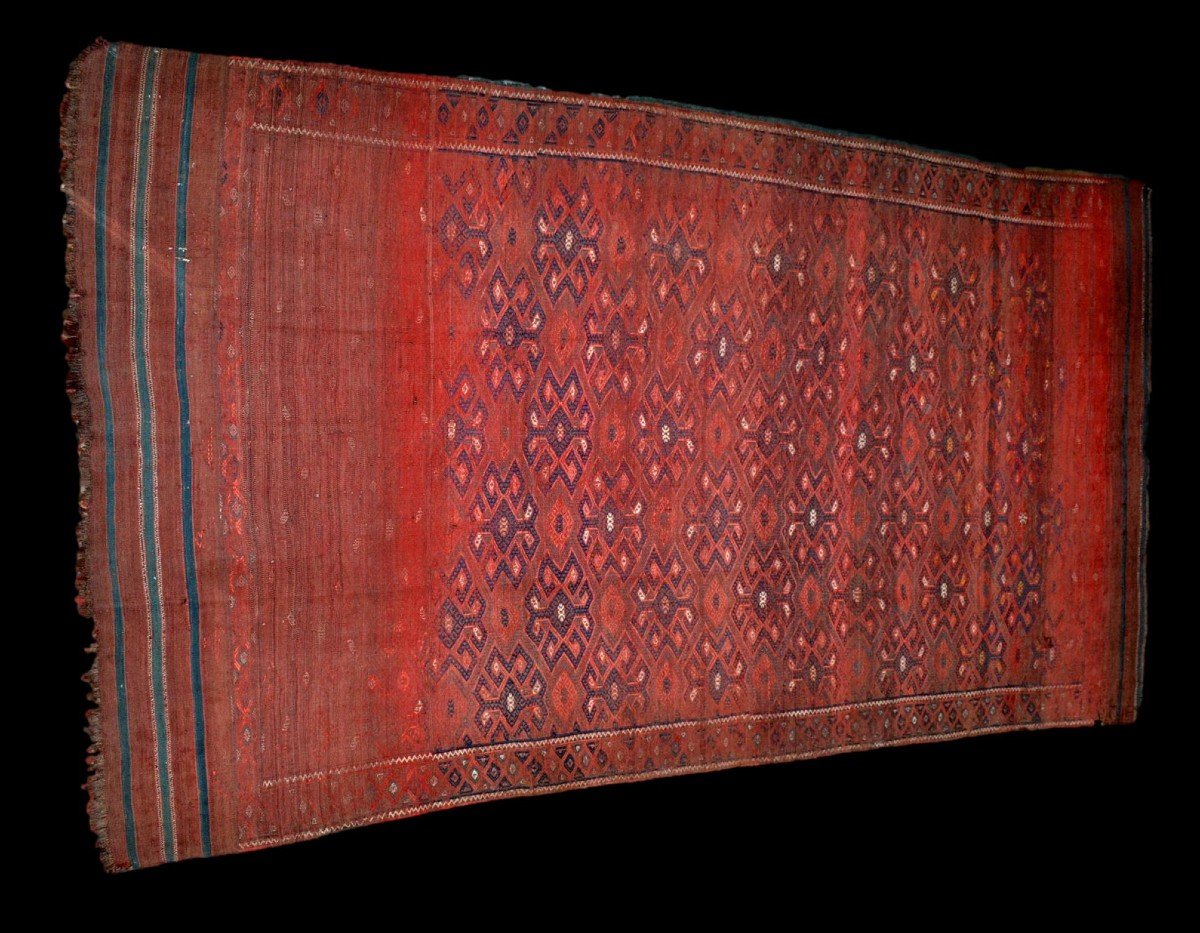
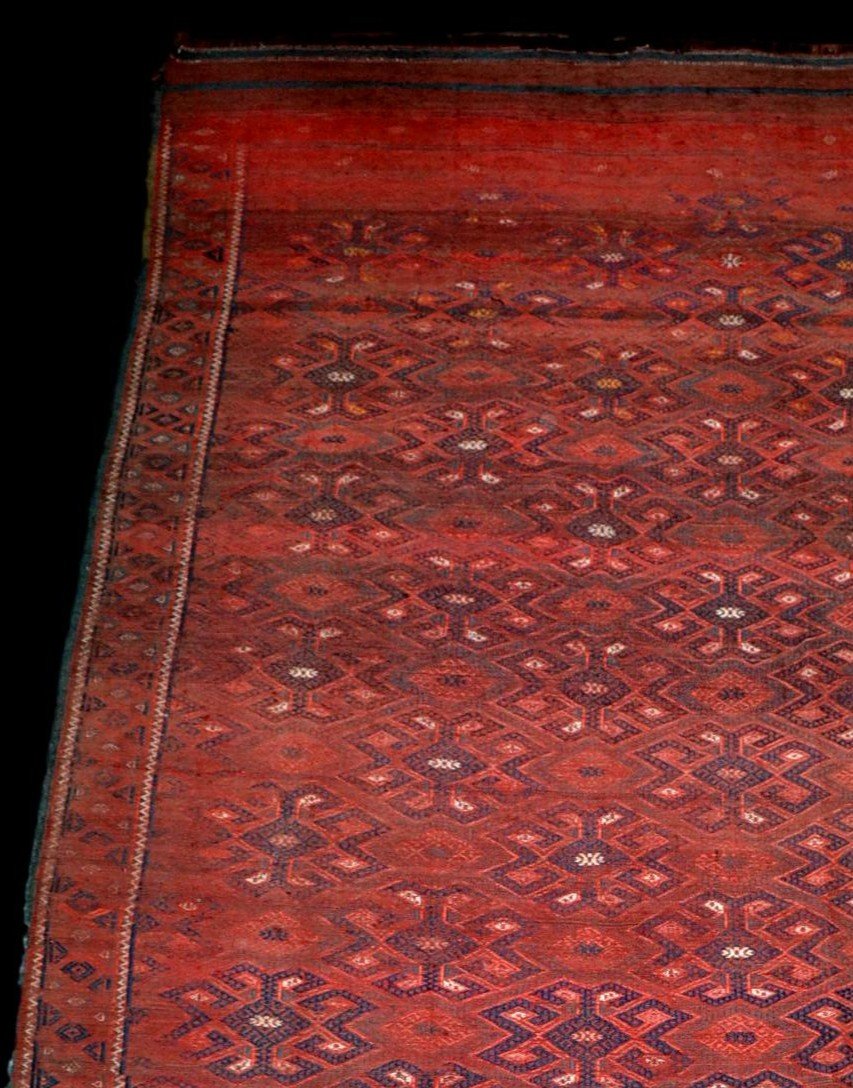
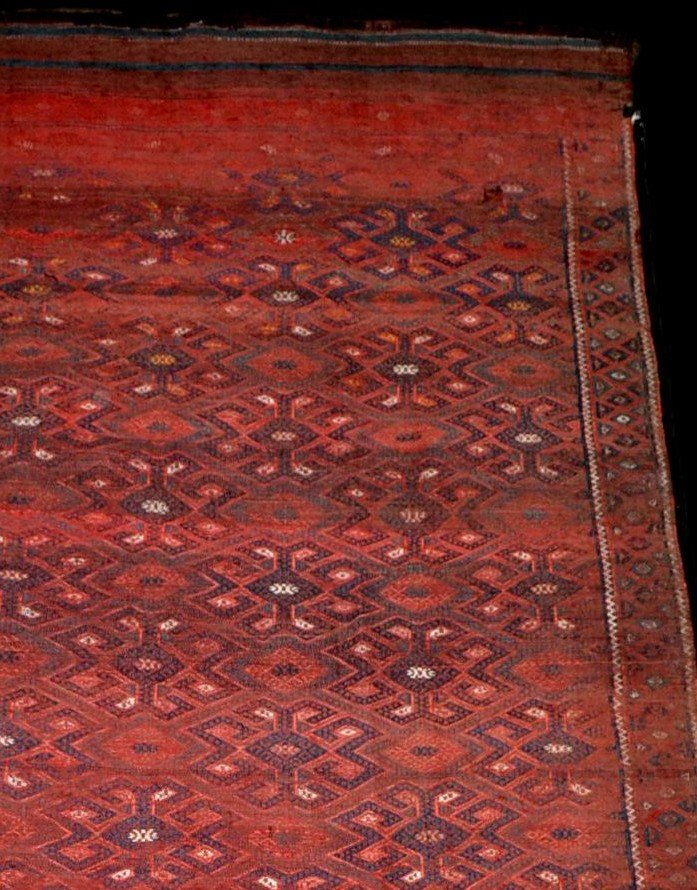
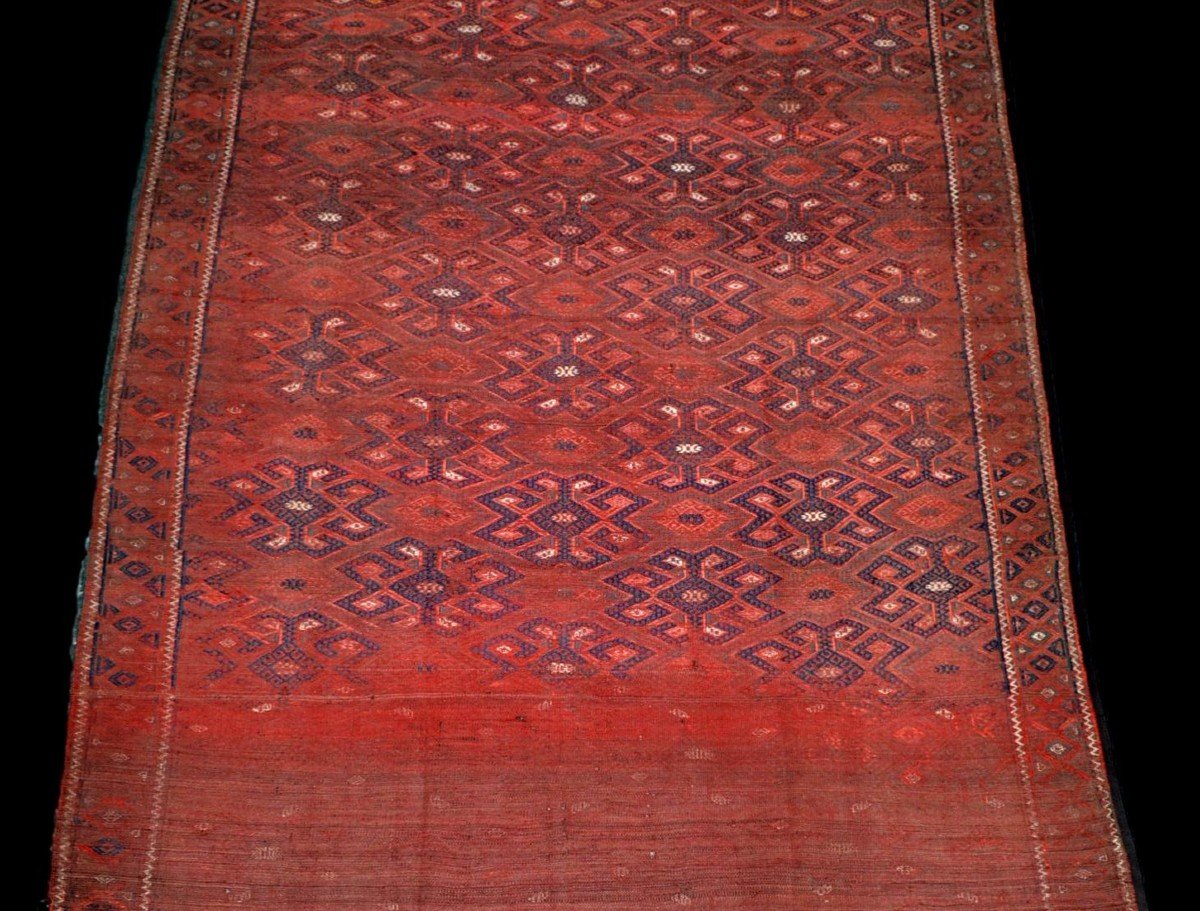
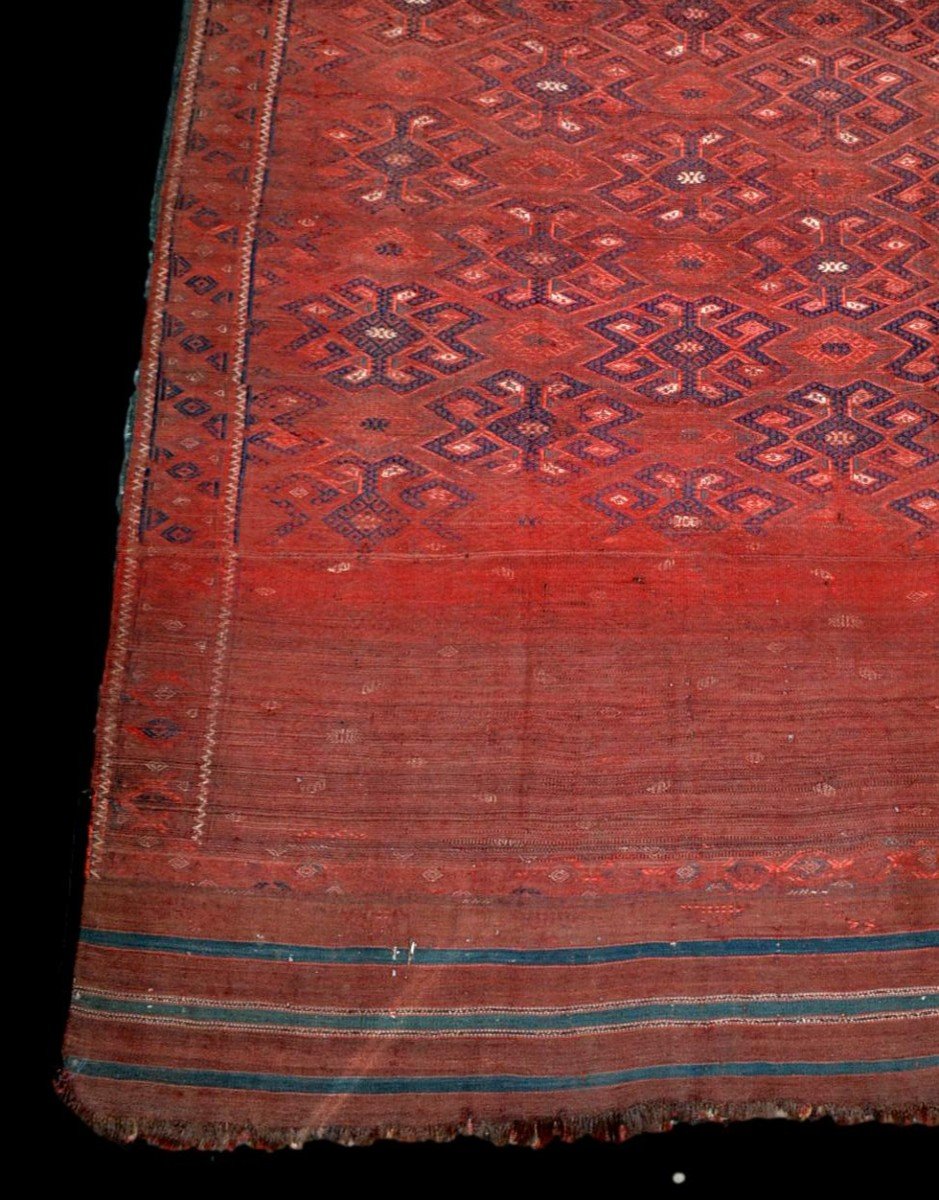
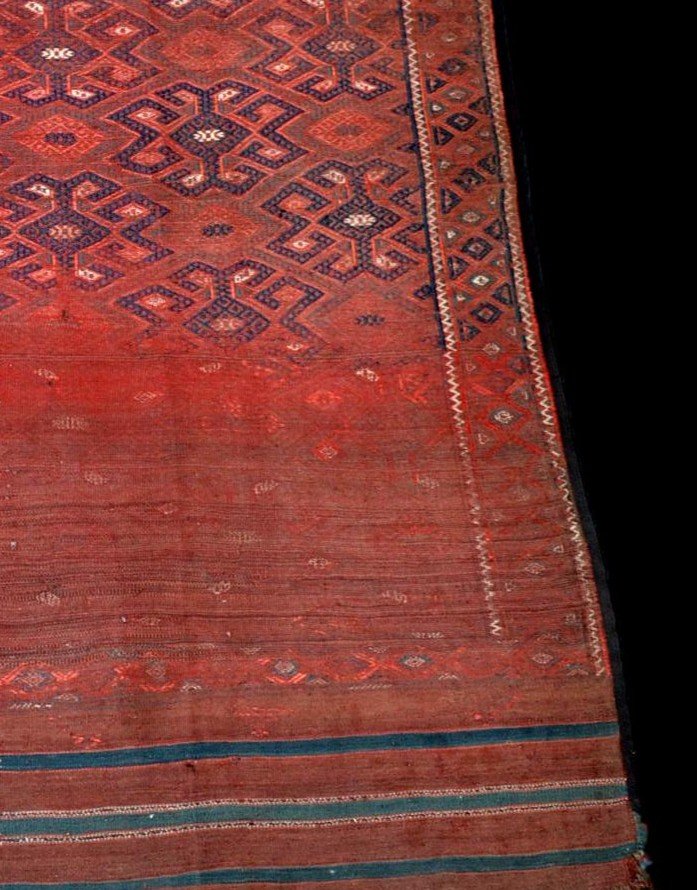
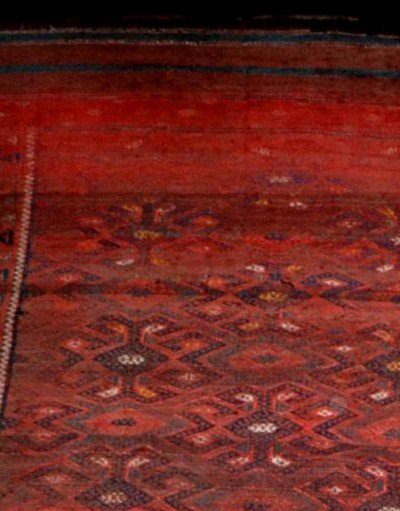
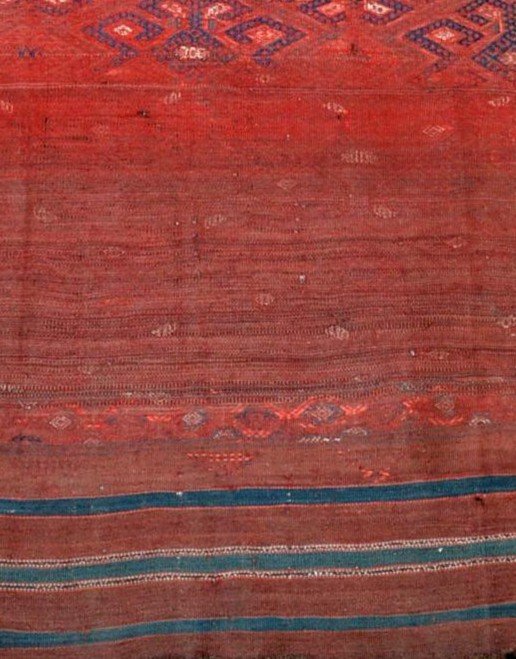
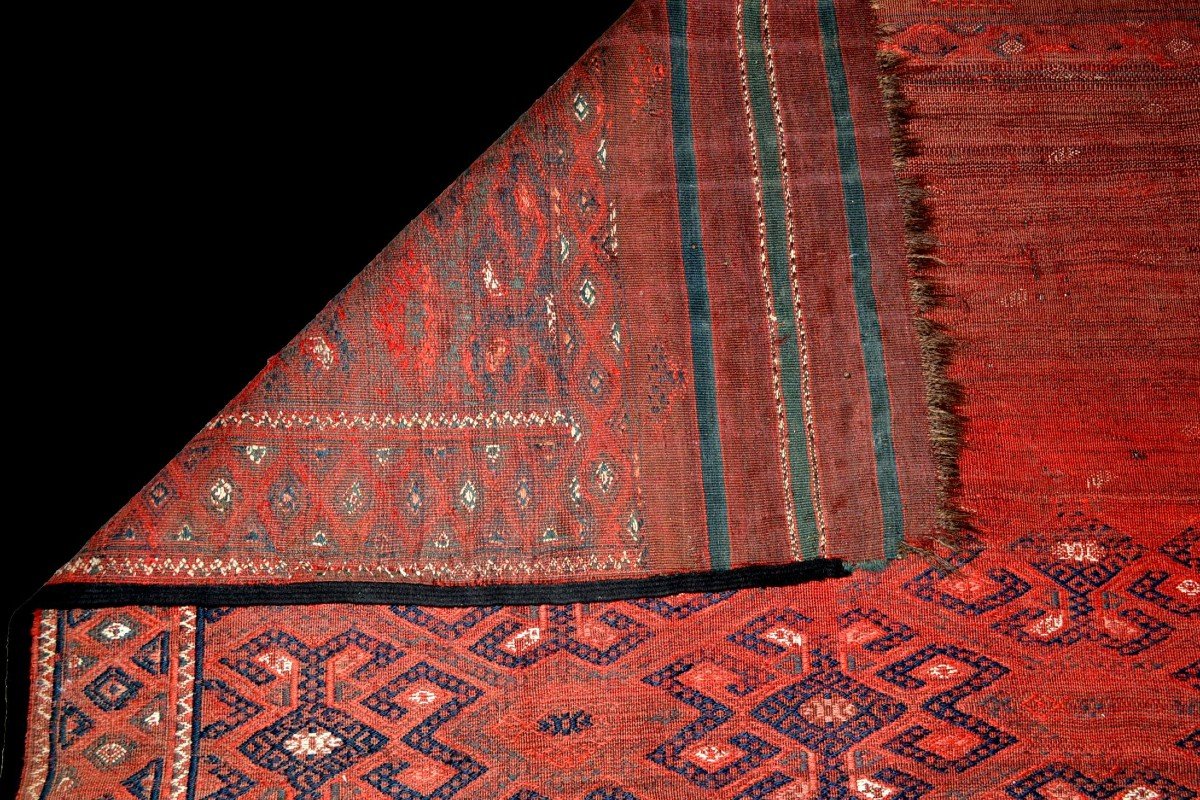
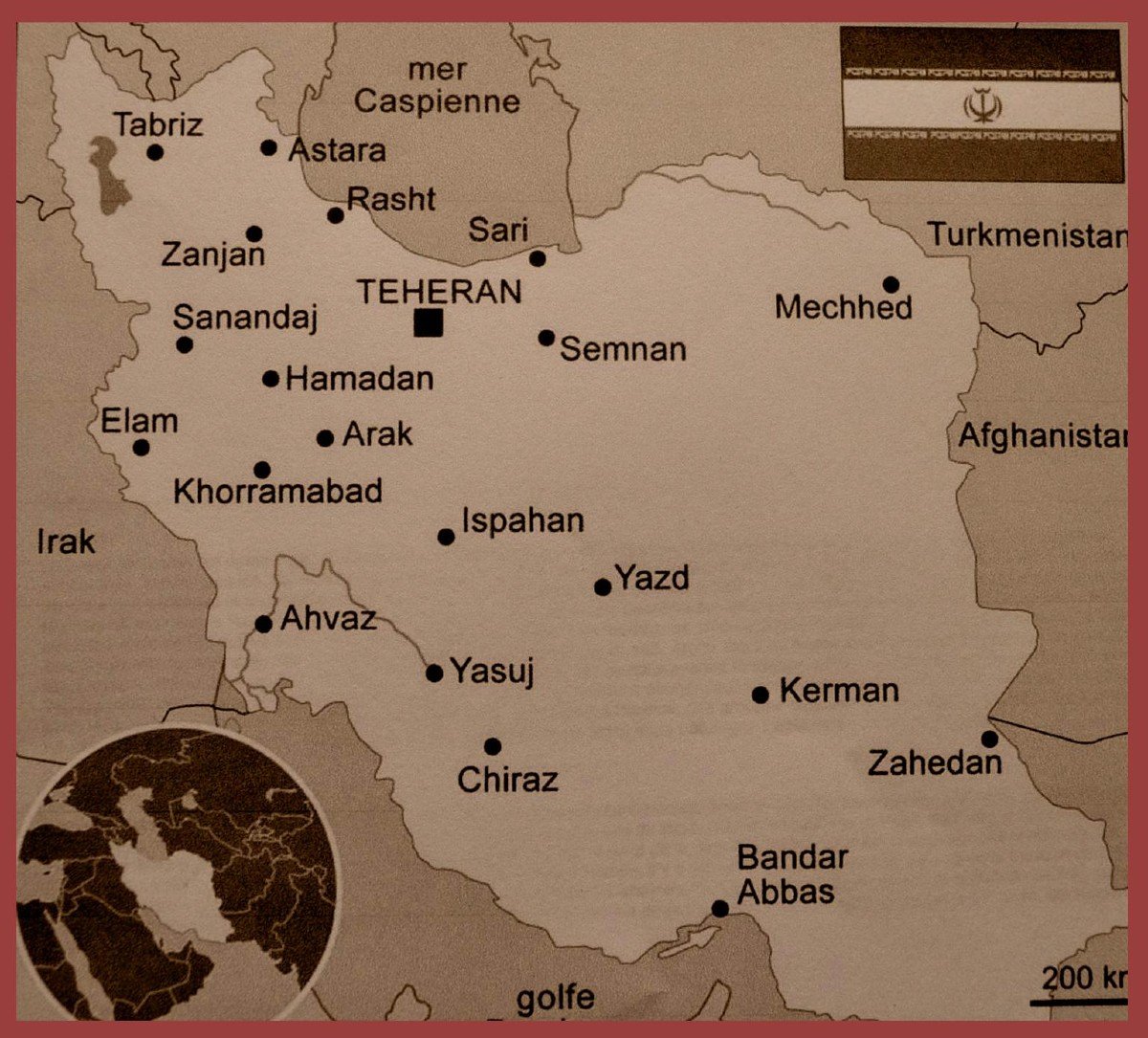
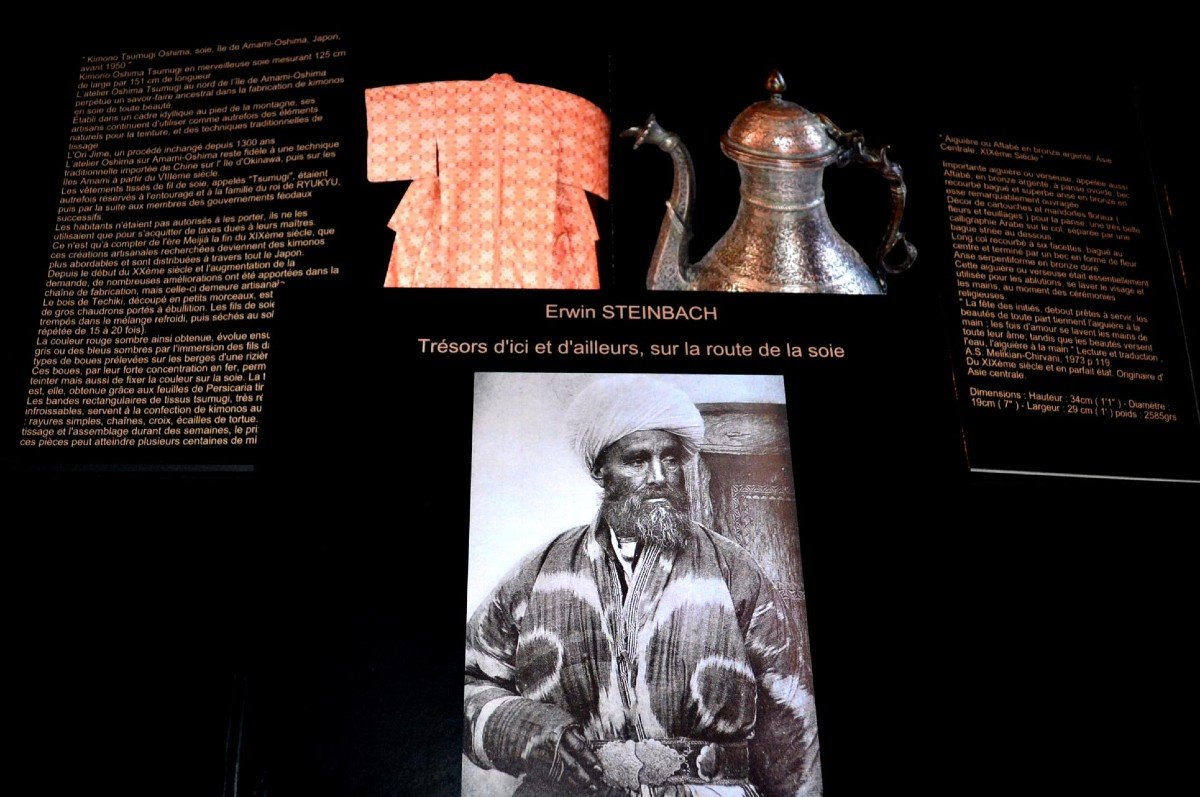













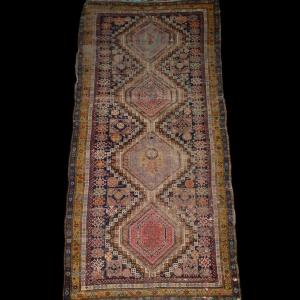


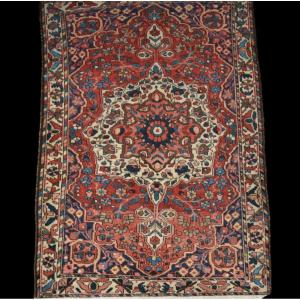
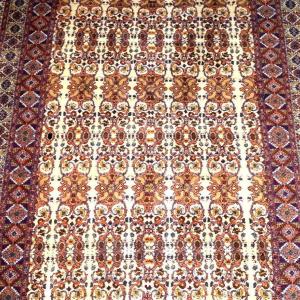

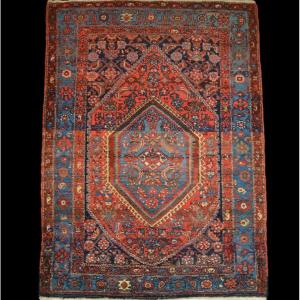

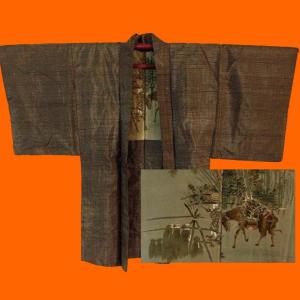

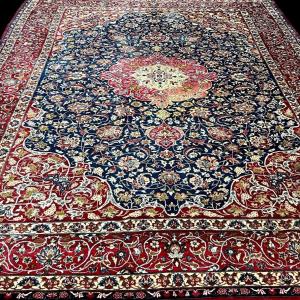





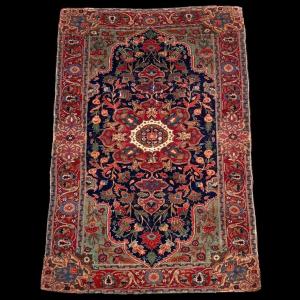






 Le Magazine de PROANTIC
Le Magazine de PROANTIC TRÉSORS Magazine
TRÉSORS Magazine Rivista Artiquariato
Rivista Artiquariato